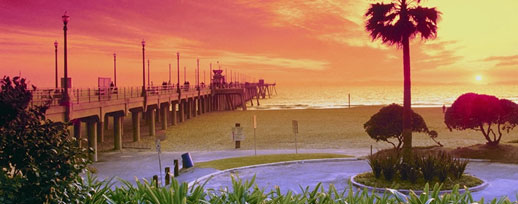
Fragrant Hills Park's scenery
Scent Hillsides, situated around the east feet of Western Hillsides, 20 km from enter of Beijing, covers a place of 160 hectares. With surrounding eco-friendly hillsides stretching up and lower, its greatest peak is 557 m in altitude and it is formed within an incense burners. The title from the park derives not in the outdoors or aroma in the region, but the same shape as the hillsides themselves. 2 large gemstones lie on its peak and from the distance, on the mist-shrouded day, it appears similar to a 3-legged incense burners. The groves of apricots, peaches, pears and lilacs can also be reason behind the title Aromatic Hillsides. Site visitors towards the park can achieve the height by trekking in the hill or if you take a cable vehicle.More information about China Tours in chinatourguide.com.

One route experiences its northern border area, with Spectacles Lake and also the bridge, Study of Reading through Heart and Vibrant Temple. Study of Reading through Heart was built-in the Ming Empire from 1368 to 1644 and it is a designed park inside Aromatic Hillsides Park. Vibrant Temple is really a large Tibetan style lamasery complex built-in 1780 because the residence for that sixth Panchen Lama throughout his appointments with Emperor Qianlong. Structures within the complex have partly been burned lower. One of the making it through treasures really are a regal glazed-tiled archway while watching complex, a terrace along with a glazed-tiled pagoda. Alarms held on the eaves from the pagoda chime in breeze.
The 2nd route leads with the south part of the park. Primary points of interest along the way include Peace Eco-friendly Lake, Shuangqing Rental property, Aromatic Temple, and Incense Burners Peak. This route is much more difficult since it leads over the greatest peak, Incense Burners Peak.
In 1186 from the Jin Empire, the Xiangshan Temple was built here as well as for a period of time offered because the emperors traveling lodge. In 1745, Emperor Qianlong had numerous large halls pagodas, memorial archways and leisure pavilions built and transformed the title from the area to Jingyiyuan. Regrettably, nearly every trace of the landscape architecture was burned or destroyed through the Anglo-French forces and also the eight-Energy Allied Forces within the 19th and early 20th centuries. After 1949, it had been re-named Aromatic Hillsides Park.
Tags: